John Hurrell – 10 July, 2017
Mitchell's installation varies visually according to light coming in the gallery window and how the sheen of the grey floor tonally affects the transparent linear strands of doglegging, sand-dusted glass, in particular the lengths raised high like inquisitive cobra heads. The brittle wobbly glass lengths are laid on the floor in a vague grid formation, the ‘squares' alternating in vertically or horizontally aligned parallel lines, like textured treads on a metal manhole cover.
This new Dane Mitchell show presents, in the small gallery, three circular high res scans of cultivated bacteria found in museum dust and grown by the artist in Petri dishes, and in the large one, a floor installation of manmade fulgurites, the wormlike glass secretions made when lightning strikes certain kinds of sand or earth - but here made by a gaffer.
The tondos, using bacterial colonies formed from dust samples from the three AGNSW, MoMA and Stedelijk art museums, look dramatic, surrounded by black fields but with sombre monocoloured dish bases, offset by groups of glowing daubed blobs and smeared zigzagging streaks that are almost luminescent.
That they look electrical or partly alive is precisely the point. Permeated (in generously imaginative theory, anyway) by micro-particles from past and present lives and a multitude of events, they possibly are inflected by microscopic portions of textile filament, skin flakes and accompanying mite parts from any historic personage or occasion you might care to think of, from any era.
Most obviously visitors to those institutions are an important element too. Their bodily traces participate in the production of the ornamental marks we examine. The rims of the dishes and their garish three-dimensional contents are highlighted by the scanner flash, while the works are gorgeously colourful, ‘gestural’ abstractions infused with the speculative fantasies of the viewer.
Mitchell’s installation varies visually according to light coming in the gallery window and how the sheen of the grey floor tonally affects the transparent linear strands of doglegging, sand-dusted glass, in particular the lengths raised high like inquisitive cobra heads. The brittle wobbly glass lengths are laid on the floor in a vague grid formation, the ‘squares’ alternating in vertically or horizontally aligned parallel lines, like textured treads on a metal manhole cover. They look as if they are made of ice.
With this show Mitchell presents two contrasting methodologies within the two spaces. One uses an artisan and the approach of verisimilitude to produce imitation colourless fulgurites en masse that the artist then can structure within his rectangular floor plan. The other features collected micro-fragments that include institutional visitor body parts, and various toxins and minute living creatures, which the Auckland viewers can speculate about when confronted with the directly scanned Petri dish contents, but which are presented within intensely chromatic, highly seductive, bacterial formations.
One then is visual imitation, a matrix mimicking natural phenomena and made into a flat landscape, while the other uses multiplying microbes to make their own forms, to take their own independent course while producing an image. In other words, the first uses correlation to represent a physical and chemical phenomena, while the second features a collectable substance that generates biological processes that make their own forms. These then kickstart the viewer’s imagination - not just via visual association, but through the components of time, trace and destiny.
John Hurrell
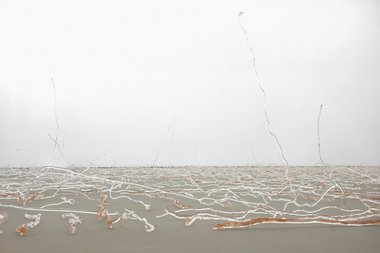
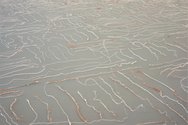
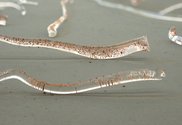

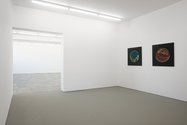
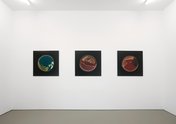
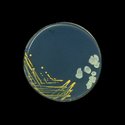
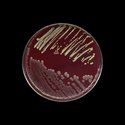
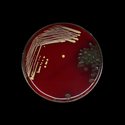
 Advertising in this column
Advertising in this column Two Rooms presents a program of residencies and projects
Two Rooms presents a program of residencies and projects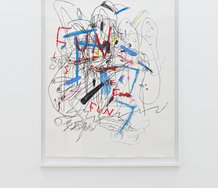

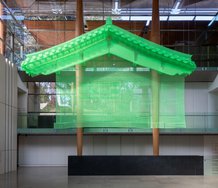
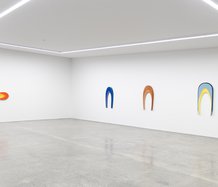
This Discussion has 0 comments.
Comment
Participate
Register to Participate.
Sign in
Sign in to an existing account.